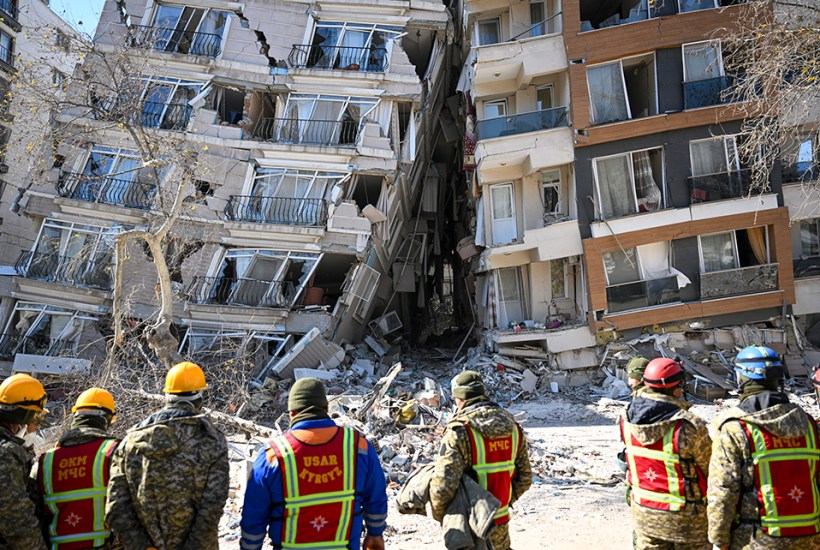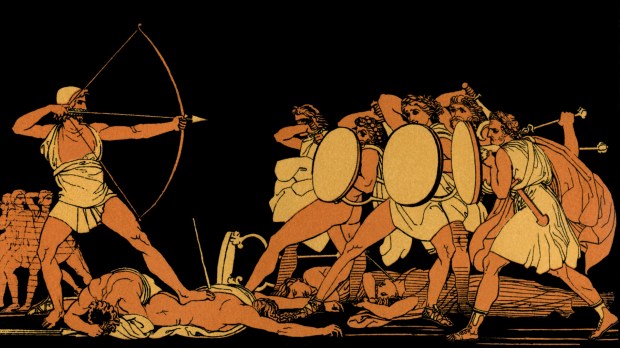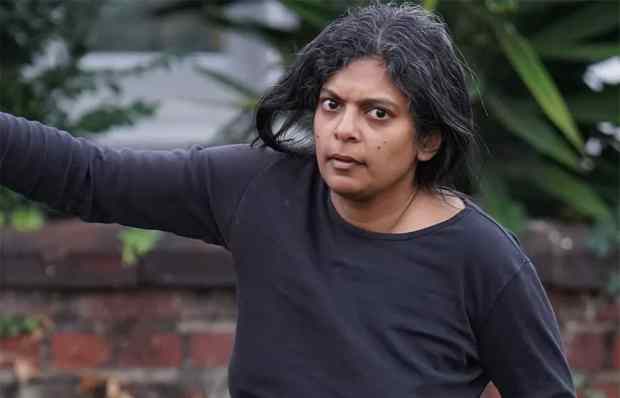In ad 115 Antioch (Antakya) was destroyed, as today, by a huge earthquake, described dramatically by a historian 100 years later. In ad 178, Smyrna (modern Izmir, west Turkey) suffered the same fate. The next day one of its sons, Aelius Aristides, wrote to the Emperor Marcus Aurelius:
‘Smyrna, the jewel of Asia that beautifies your empire, lies low, wiped out by fire and earthquake.
Already a subscriber? Log in
Subscribe for just $2 a week
Try a month of The Spectator Australia absolutely free and without commitment. Not only that but – if you choose to continue – you’ll pay just $2 a week for your first year.
- Unlimited access to spectator.com.au and app
- The weekly edition on the Spectator Australia app
- Spectator podcasts and newsletters
- Full access to spectator.co.uk
Or
Unlock this article
You might disagree with half of it, but you’ll enjoy reading all of it. Try your first month for free, then just $2 a week for the remainder of your first year.














Comments
Don't miss out
Join the conversation with other Spectator Australia readers. Subscribe to leave a comment.
SUBSCRIBEAlready a subscriber? Log in